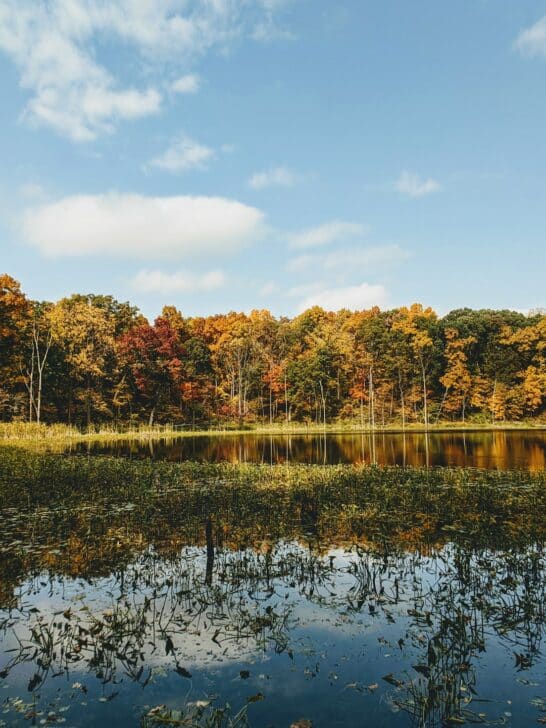National Parks in Indiana: A Travel Enthusiast’s Guide
Nestled in the heart of the Midwest, Indiana is a state that seamlessly blends history, culture and natural beauty. Often overshadowed by its bustling neighbours, Indiana remains a hidden gem waiting to be discovered. While it’s known for the iconic Indianapolis 500 and the rhythmic beat of basketballs echoing through its alleyways, Indiana’s national parks are the state’s unsung heroes. Steeped in history and filled with natural wonders, these parks offer a tranquil escape from the hustle and bustle of the city and a journey back in time. Whether you’re a seasoned traveller or someone looking to explore the depths of their own state, Indiana’s national parks promise an experience like no other.
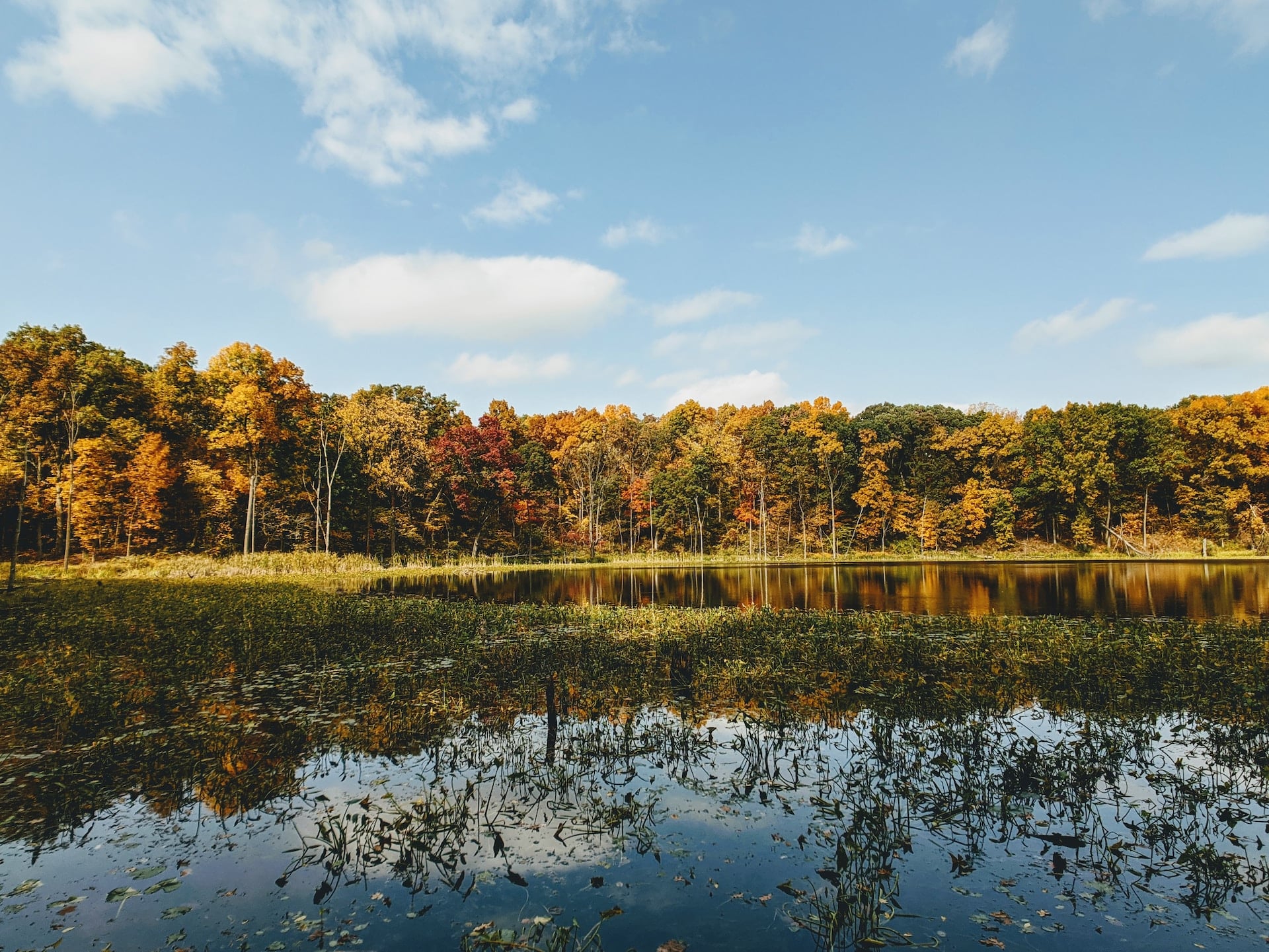
1. George Rogers Clark National Historical Park
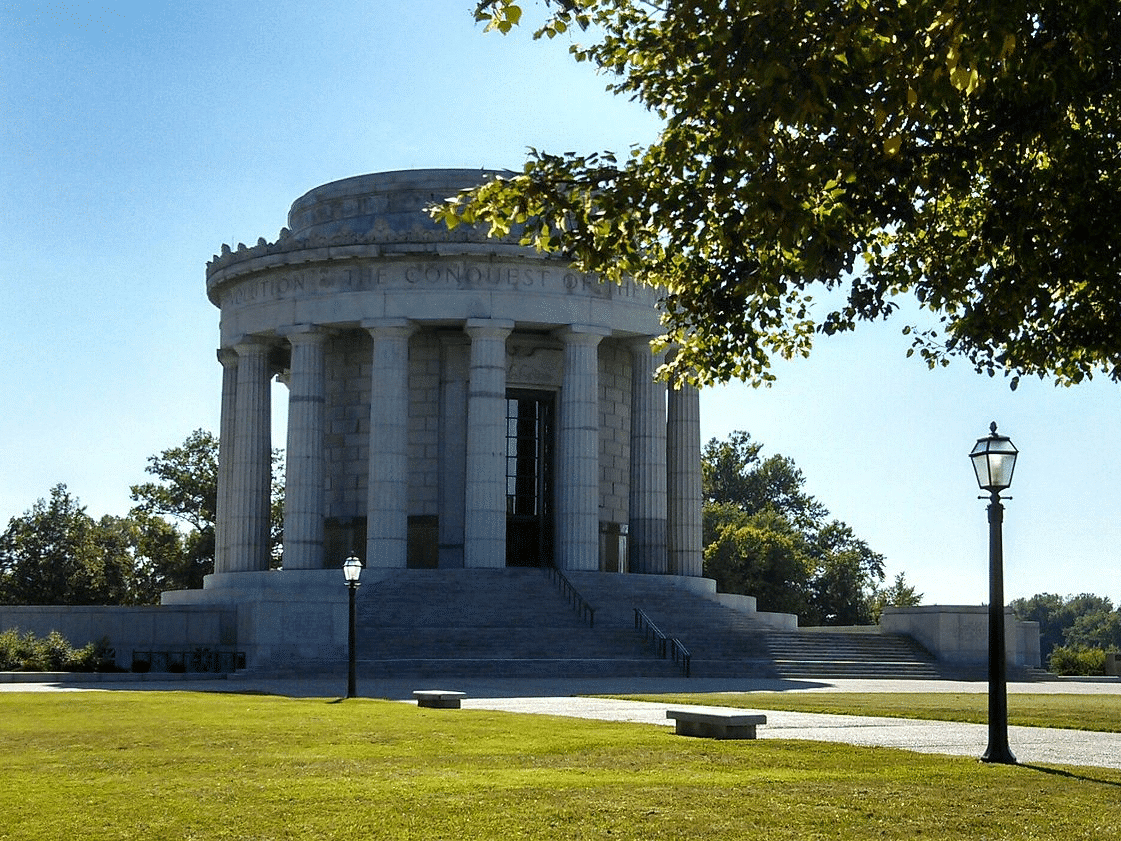
Why Visit?
Situated at what historians believe was once the location of Fort Sackville, the George Rogers Clark National Historical Park is a testament to the bravery and strategic prowess of the American forces during the French and Indian Wars. The park celebrates Colonel George Rogers Clark, who led his army to a significant victory against the British. The tale of their march across flooded prairies to surround and eventually capture Fort Sackville is a remarkable chapter in the American Revolution.
Key Information for Tourists:
- Activities: Visit the Clark Memorial, watch the park film or explore the visitor center.
- Location: 401 S. 2nd Street, Vincennes, IN 47591. Accessible via Memorial Bridge, US Highway 50 or 41.
- Accommodation: No lodging within the park, but Vincennes has several hotels, hostels, and campgrounds.
- Entrance Fee: Free
Official Website
2. Indiana Dunes National Park
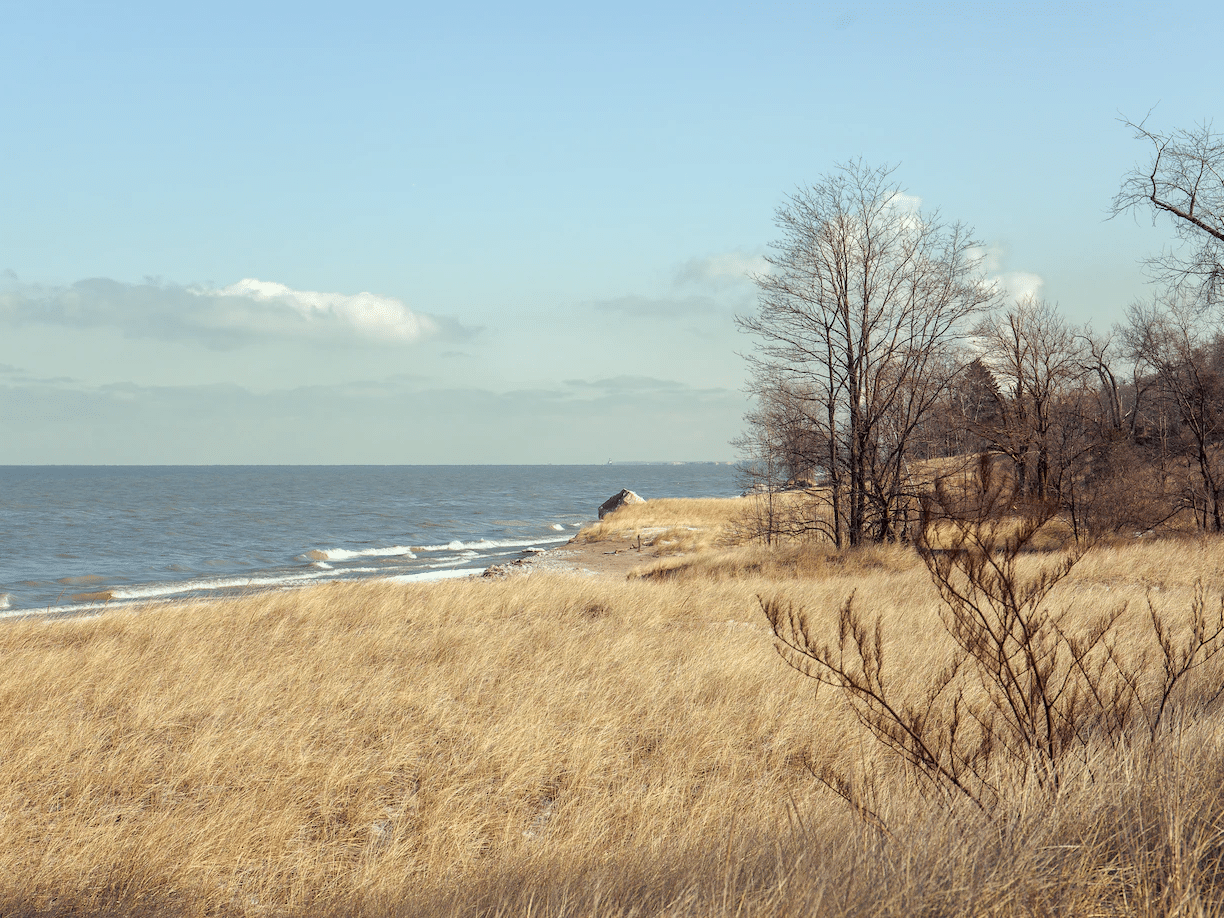
Why Visit?
Indiana Dunes National Park is a haven for beach lovers and nature enthusiasts alike. Stretching along the southern shore of Lake Michigan, this park boasts sandy beaches, rugged dunes, serene wetlands, and dense forests. Whether you’re looking to swim, hike, fish, or simply relax by the beach, Indiana Dunes has something for everyone.
Key Information for Tourists:
- Activities: Enjoy the Beach, go swimming, hiking, fishing, bird watching, camping, horseback riding and exploring historical sites.
- Location: Accessible via the Indiana Toll Road, Highways 12 and 20, and Indiana State Road 49.
- Accommodation: Numerous hotels and lodgings available across Lake County or La Porte County.
- Entrance Fee: No fee for the National Park.
Official Website
3. Lincoln Boyhood National Memorial
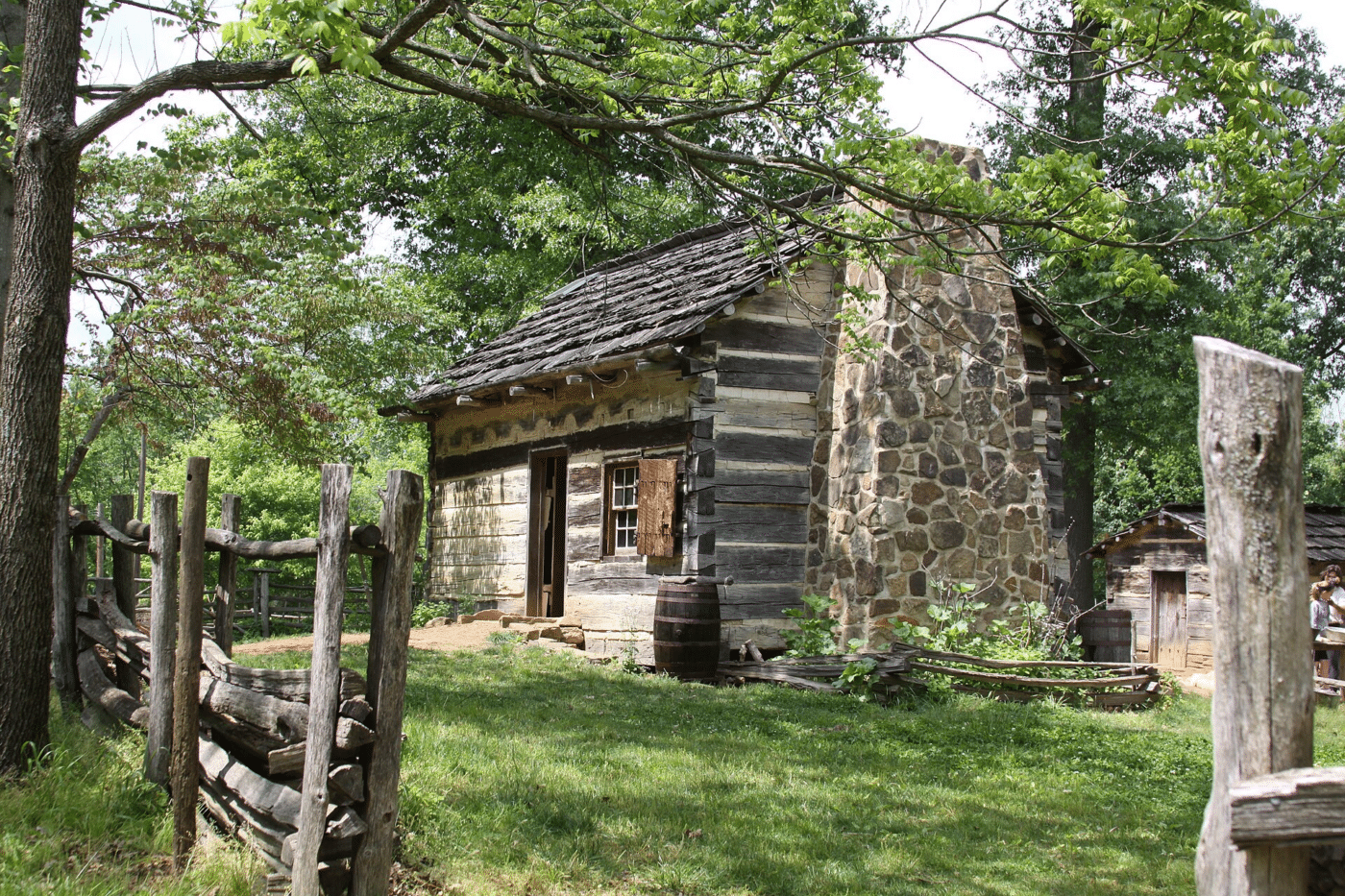
Why Visit?
Dive into the early life of one of America’s greatest presidents, Abraham Lincoln. The Lincoln Boyhood National Memorial offers insights into Lincoln’s formative years in Indiana, where he grew up on a farm with his family. The memorial showcases various stages of Lincoln’s life, offering visitors a chance to understand the experiences that shaped this iconic leader.
Key Information for Tourists:
- Activities: Explore the visitor center, hiking trails and the Lincoln Living Historical Farm.
- Location: Accessible via Highway 162
- Accommodation: No lodging within the park, but several options are available in the surrounding area.
- Entrance Fee: Free
Official Website
More National Parks
Turkey Run State Park
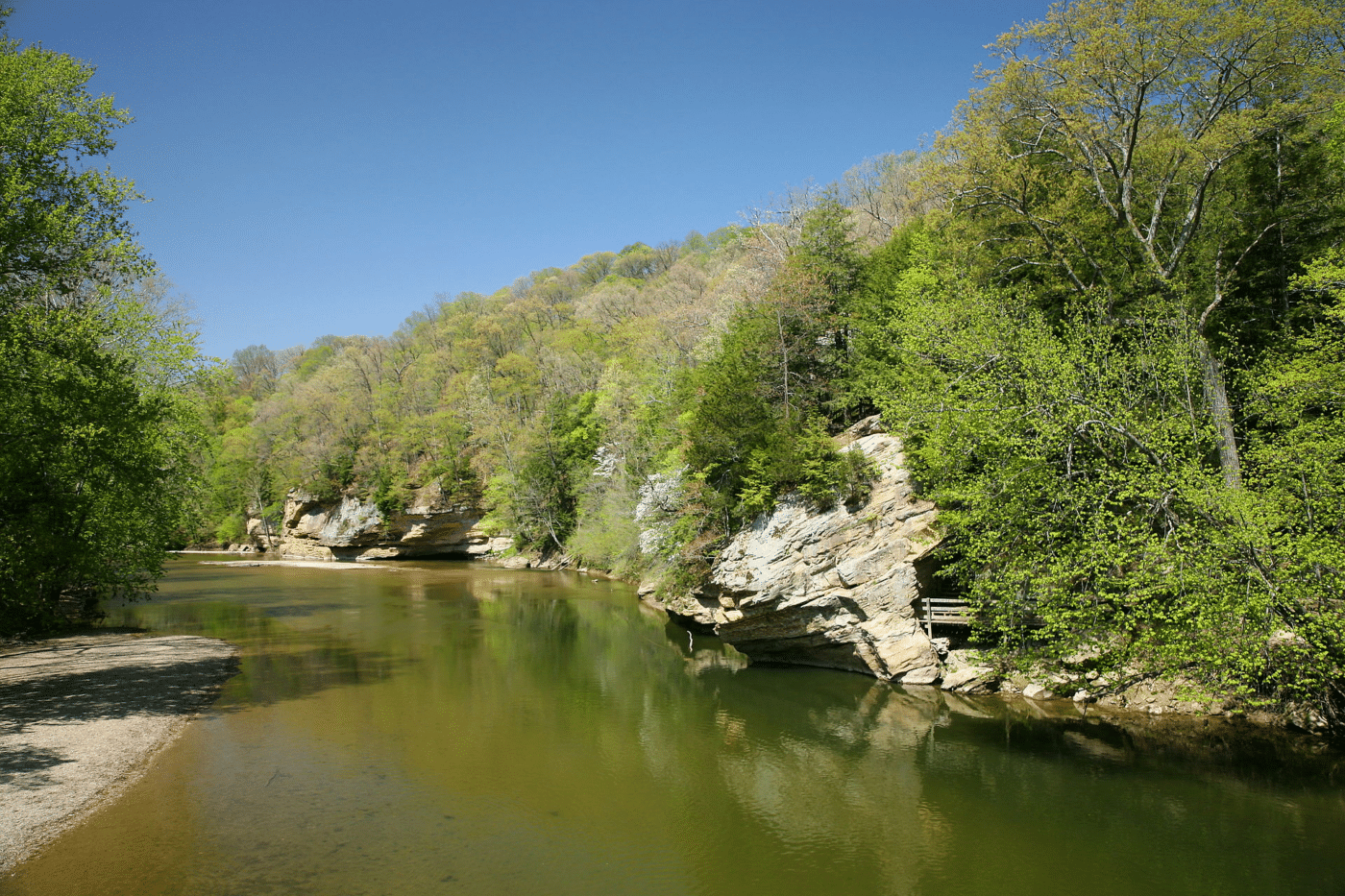
Turkey Run State Park, located in Marshall, Indiana, is a haven for hikers and nature lovers. With deep canyons formed by the action of Sugar Creek, ancient stands of large pine trees, and scenic waterfalls, it’s a picturesque destination. The park also has a rich history, with Native American settlements dating back thousands of years.
Key Information for Tourists:
- Activities: Hiking, canoeing, horseback riding and visiting the Nature Center.
- Location: 8121 E. Park Road, Marshall, IN 47859.
- Accommodation: The park offers an inn with modern rooms, cabins, and campgrounds.
- Entrance Fee: Varies based on vehicle type and residency status.
Brown County State Park

Often referred to as the “Little Smokies” because of its resemblance to the Great Smoky Mountains, Brown County State Park is the largest state park in Indiana. It’s especially popular in the fall when the leaves change colors, offering breathtaking vistas. It is not a national park in Indiana, but a state park.
Key Information for Tourists:
- Activities: Hiking, mountain biking and picnicking.
- Location: 1801 State Road 46 East, Nashville, IN 47448.
- Accommodation: The park has an Abe Martin Lodge, cabins, and campgrounds
- Entrance Fee: Varies based on residency status
Falls of the Ohio State Park

Located on the banks of the Ohio River, this park is famous for its fossil beds, which are among the largest exposed Devonian fossil beds in the world. It’s a great place for both education and recreation.
Key Information for Tourists:
- Activities: Fossil viewing, fishing, hiking, and visiting the Interpretive Center.
- Location: 201 W. Riverside Drive, Clarksville, IN 47129.
- Accommodation: No lodging within the park, but several options are available in the nearby Clarksville and Jeffersonville areas.
- Entrance Fee: There is a fee for the Interpretive Center, but the park itself is free.
Beautiful Nature Sites in Indiana
- Clifty Falls State Park: Located near Madison, this park is known for its scenic waterfalls, especially Clifty Falls, which cascades over rugged terrain. Ideal for hiking and photography.
- Marengo Cave: One of the most visited caves in the Midwest, Marengo Cave offers stunning underground formations, including stalactites, stalagmites, and flowstones. Guided tours are available.
- Eagle Creek Park: Situated in Indianapolis, it’s one of the largest city parks in the U.S. The park boasts a reservoir, hiking trails, bird-watching opportunities and water-based activities.
- Pokagon State Park: This park is famous for its toboggan run in the winter. It offers beautiful views of Lake James and Snow Lake.
- Patoka Lake: A reservoir located in southern Indiana, it’s a hotspot for boating, fishing and wildlife viewing. The area around the lake is home to bald eagles, ospreys, and other wildlife.
- Salamonie River State Forest: Located in northeastern Indiana, this forest offers hiking, horseback riding, and fishing opportunities. The Salamonie River running through the forest adds to its scenic beauty.
- Muscatatuck National Wildlife Refuge: Situated near Seymour, this refuge is a haven for migratory birds. It offers wetlands, forests, and grasslands, making it a great spot for bird-watching and photography.
- Charlestown State Park: Located near the Ohio River, this park offers scenic vistas, hiking trails, and camping facilities. The Rose Island area within the park has remnants of a historic amusement park.
- Shades State Park: The park is known for deep ravines, dense forests and the beautiful Sugar Creek. It is a favorite for hikers and nature enthusiasts.
- Spring Mill State Park: Located near Mitchell, it’s famous for its pioneer village and the Virgil I. Grissom Memorial. The park also has caves and streams.
Each of these sites offers a unique experience, showcasing the diverse landscapes and natural beauty of Indiana.
How Many National Parks Are There in Indiana?
Indiana boasts three official national parks:
- George Rogers Clark National Historical Park: Located in Vincennes, this park commemorates the achievements of Lieutenant Colonel George Rogers Clark and his frontiersmen during the American Revolution. The park’s centerpiece is a massive granite memorial which stands as a testament to their bravery.
- Indiana Dunes National Park: Situated along the southern tip of Lake Michigan, Indiana Dunes is a blend of sandy beaches, rugged dunes, wetlands, and forests. It’s a favorite spot for beachgoers, hikers, and nature enthusiasts.
- Lincoln Boyhood National Memorial: Located in Lincoln City, this memorial is dedicated to the formative years of Abraham Lincoln, the 16th President of the United States. It offers insights into his life in Indiana, where he spent 14 years of his childhood.
In addition to these three national parks, Indiana also has associated sites and trails, such as the Lewis and Clark National Historic Trail, which traces the route of the famous expedition across the U.S.
While these are the official national parks recognized by the National Park Service, Indiana is also home to numerous state parks, nature reserves, and historic sites that offer equally enriching experiences for visitors.
Which national parks require reservations?
When planning a trip to Indiana’s national parks, it’s important to know if any parks require reservations, especially during peak tourist seasons. Reservations can be for anything from camping and lodging to special tours and events.
What is the most famous national park in Indiana?
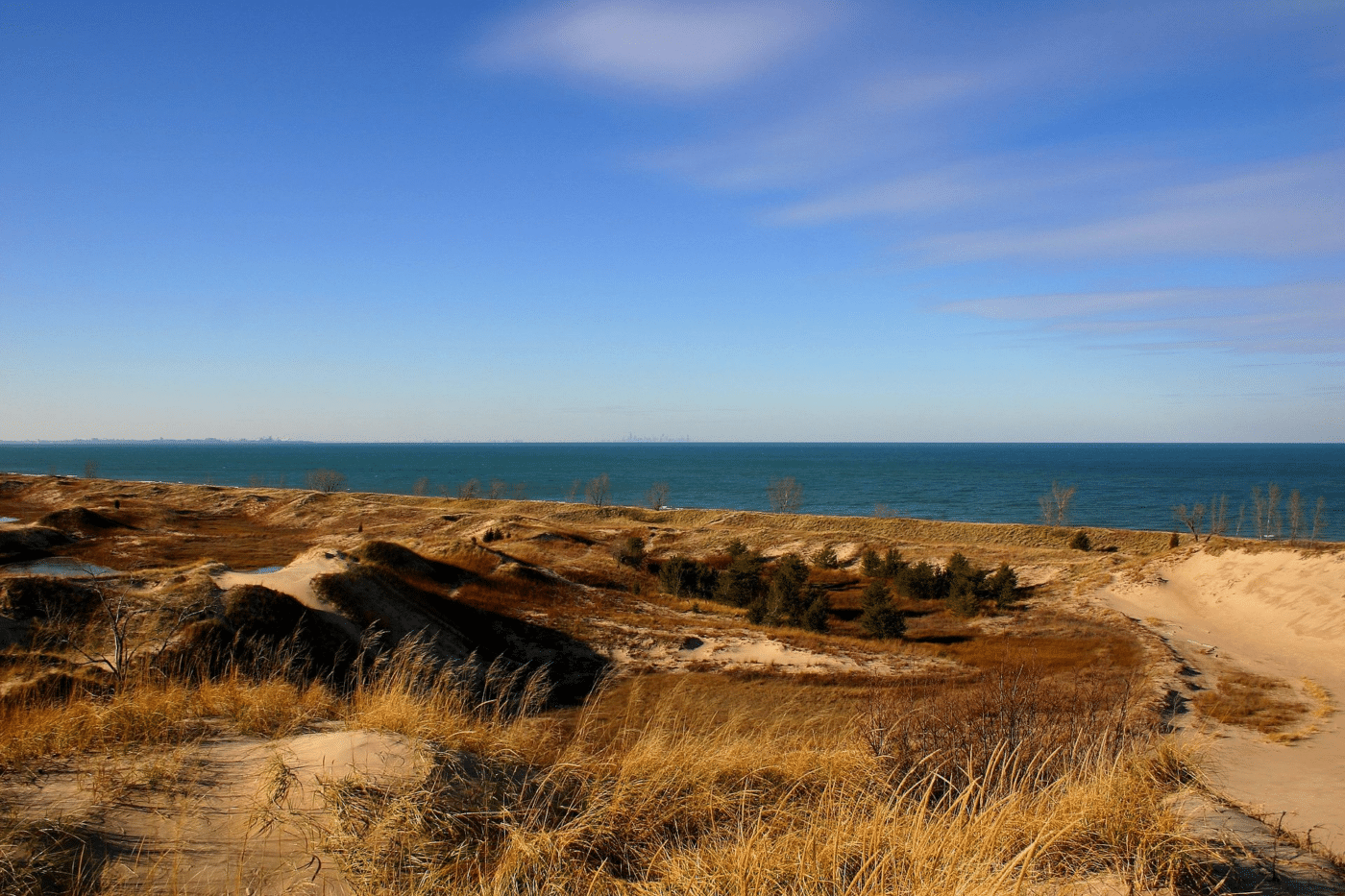
With its rich tapestry of scenery and history, Indiana is home to several national parks and historic sites. However, when it comes to fame and recognition, Indiana Dunes National Park stands out as the most famous.
Located on the southern shore of Lake Michigan, Indiana Dunes National Park is a fascinating mix of diverse habitats. The park includes dunes, forests, wetlands and prairies. But what really sets it apart and makes it a magnet for tourists is its 15 miles of sandy shoreline, offering breathtaking views of Lake Michigan.
The dunes themselves are a natural wonder, some rising nearly 200 feet above the lake, providing panoramic vistas that attract photographers and nature enthusiasts alike. The park’s diverse ecosystems are home to over 350 species of birds, making it a birdwatcher’s paradise, especially during migration season.
Today, Indiana Dunes National Park attracts millions of visitors annually, making it not only the most famous national park in Indiana, but also one of the most visited in the entire National Park System. Whether you’re looking to relax on the beach, hike through diverse terrain, or simply take in the beauty of Lake Michigan, Indiana Dunes offers an unforgettable experience.
What is the Largest National Park in Indiana?
The title for the largest in terms of land area goes to Indiana Dunes National Park. Spanning over 15,000 acres, Indiana Dunes National Park stretches along the southern tip of Lake Michigan, encompassing a vast array of ecosystems.
Conclusion National Parks in Indiana

More than just tracts of land, Indiana’s national parks are storytellers, telling tales of brave soldiers, visionary leaders and the unrelenting power of nature. Each visit offers a new perspective, a new story, and a new appreciation for the state’s rich heritage. When you walk the trails of the Indiana Dunes or stand in the shadow of the George Rogers Clark Memorial, you’re not just witnessing nature. You’re becoming a part of Indiana’s timeless story.
Whether you’re planning a weekend getaway or an extended expedition, Indiana’s national parks are ready to welcome you with open arms and provide you with memories that will last a lifetime. Embrace the adventure and let Indiana’s natural beauty and history sweep you away.
Article: “National Parks in Indiana: A Travel Enthusiast’s Guide”! Looking for more articles about the United States? Visit our section about the United States of America!
Or Looking for a comparison: The National Park in Arizona or some Parks in Oregon?
- Sustainable Tourism in Africa: Embracing Green Industrialization - August 22, 2024
- National Parks in Montana: A Traveler’s Paradise - August 20, 2024
- Jamaica vs Mexico: The ultimate Comparison - August 17, 2024
